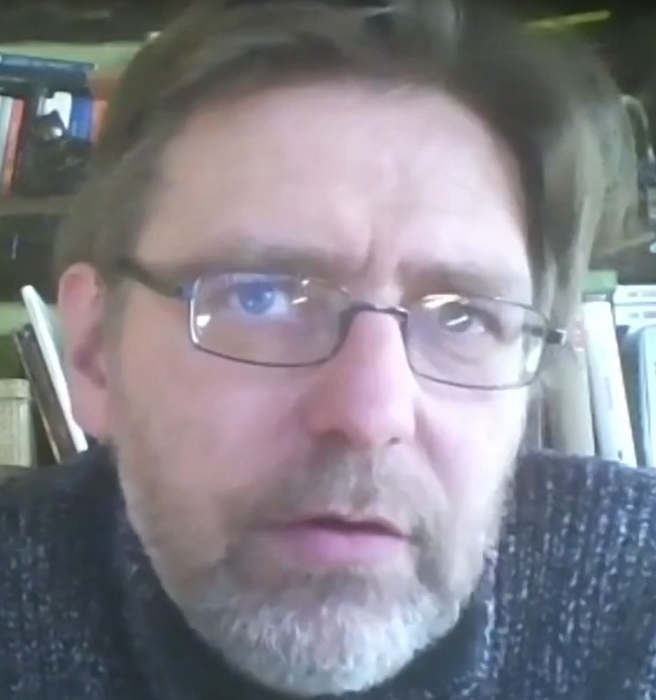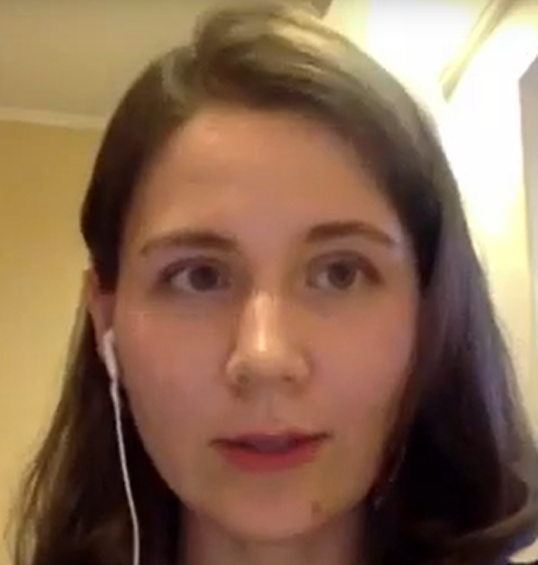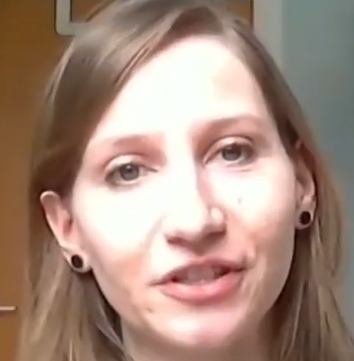Poster Presentations 4
The Volkswagen Foundation invited young researchers conducting research on the topic of the symposium to apply to take part in the conference with a poster. From the applications received, 19 projects were selected to be presented at the conference in four blocks. Four scholarship holders were unable to attend, but made their posters available in written form. These can be found in the "Posters without presentation" section. Unfortunately, the poster presentations could not be translated simultaneously. Three blocks were in English, one in German.
Apold Heritage Center / Research, Education & Culture - An Initiative for Reuse of the Fortified Church of Apold

- Name / Titel
- Sebastian Florian Bethge
- Funktion
- Casapold Association, Apold, Romania
In Southern Transylvania exists a unique cultural heritage landscape built up over 700 years by German settler called “Saxon”: The Fortified Churches, a defense building and wall system around the local church give refuge to the local population. From the over 400 fortified churches, just approx. 160 sites survived. They are massively threatened by decay and abandonment, because of the emigration of the Saxons. Most of the fortified churches are no longer used. The Fortified Church of Apold composed from ten defending buildings and the parish house were saved by members of the CasApold Association, which it took later over. Since than CasApold promoting built and natural heritage, traditional crafts and architecture, restore the fortified church by carry out over 30 craft training courses and architecture summer schools over the last ten years. In 2020 CasApold initiate the project Apold Heritage Center a learning, work and creative space as an innovative model and participative approach for reusing fortified churches. The aim is to inspire the local village population for their still foreign cultural heritage and to network this local heritage into the European society. The center combines various activities related to the preservation, research and education with a direct link to serving and supporting local communities and stakeholders. The Apold Heritage Center will initially set up with three components: The Fortified Church Research & Documentation Center, that will initiate building research, investigation and documentation projects, provide information and expertise; The Transylvania Craft & Restoration School, which offer training to locals as well to people from Romania and abroad; and The Apold Culture Center, which opens up historic spaces with new, innovative creative work, learning and recreational activities as well as exhibitions and events. The Apold Heritage Center will host this year with partners different planning, crafts and conservation workshops. One of it will be the Apold Heritage Lab a conservation summerschool with five universities from Germany and Romania.
“More than a building”. Religious Properties and Catholic Decline in Philadelphia

- Name / Titel
- Madeline Gambino
- Funktion
- Princeton University, Princeton, NJ, USA
Since 1965, the number of Catholic women religious in the United States has fallen by more than 70 percent, with the number now less than 50,000. Many of their congregations are grappling with what they call “diminishment,” or decline. As these communities seek to supplement their declining income and to manage the rising costs of healthcare and assisted living facilities for their aging sisters, many are selling their properties, including schools, convents, and motherhouses. The property of the Grey Nuns of the Sacred Heart (GNSH) near Philadelphia, Pennsylvania, offers one such example: when the motherhouse and school sold in 2011, the GNSH ceased to own any property in the United States. After fifty years of providing educational and healthcare services to the local area, the property now stands shuttered. However, women religious are not alone in making such—often traumatic—decisions to dramatically reorient their communities: many Catholic parishes also consider the strategic sale of properties as they negotiate community needs and financial burdens. Crucially, the sale and adaptive reuse of properties affects Catholic and non-Catholic populations in the Philadelphia area, whose overlapping claims to neighborhood ownership and belonging reflect broader changes in Catholic presence in the city. Employing the example of the GNSH to consider these changes, this presentation argues that the adaptive reuse of Catholic properties invites scholars to examine not only the buildings themselves, but also the qualitative experiences of the communities managing institutional decline through their sale and adaptive reuse.
Spaces “Out of Religious Use” and Ecclesiastic Architecture as Marketable Real Estate Assets: a Potential Solution for Russia’s Abandoned Religious Heritage Artifacts

- Name / Titel
- Anastasiia Sedova
- Funktion
- Politecnico di Milano, Italy
Since ancient times, Russian Orthodox churches have been considered important objects of cultural heritage, which played a landmark role in the urban/rural fabric of Russian settlements, while the Russian Orthodox Church has played a key role in the social life of the country. Despite this, the Soviet government, upon its ascendance to power in 1917, subsequently persecuted the Church and authorized numerous demolitions, functional conversions, and closures of many Orthodox churches nationwide, which lasted until the collapse of the USSR, in 1991. Today, 29 years later, Russian society still has a vast number of post-Soviet handovers – thousands of obsolete and abandoned religious buildings and, since many of them are unique pieces of architecture, their desolation would be an irreparable cultural forfeiture for the nation, and the world at large. Considering the importance of these churches, the thesis studies known adaptation strategies for religious properties worldwide, and how they can best be applied to the Russian context, with a stress on their innate values and impact planning, which could be facilitated through adaptation. The thesis examines a number of successful adaptive approaches that come from best practices worldwide in the adaptation of religious properties. The best practices culminate in the formulation of findings about adaptations, which lay a foundation for recommendations on further adaptation of churches, applicable to the Russian context. Based on these recommendations, the study presents a framework, the Decision Support System, for the eventual adaptation of obsolete and abandoned religious buildings in Russia. The System seeks to prioritize their introduction as marketable assets both culturally and economically, preserving their Socio-cultural and Economic Values.
Chair

- Name / Titel
- Caroline Krüger
- Funktion
- Assistant of the symposium
